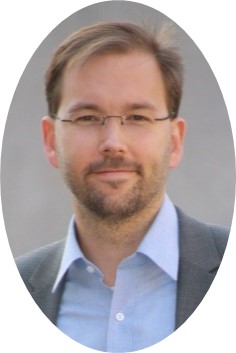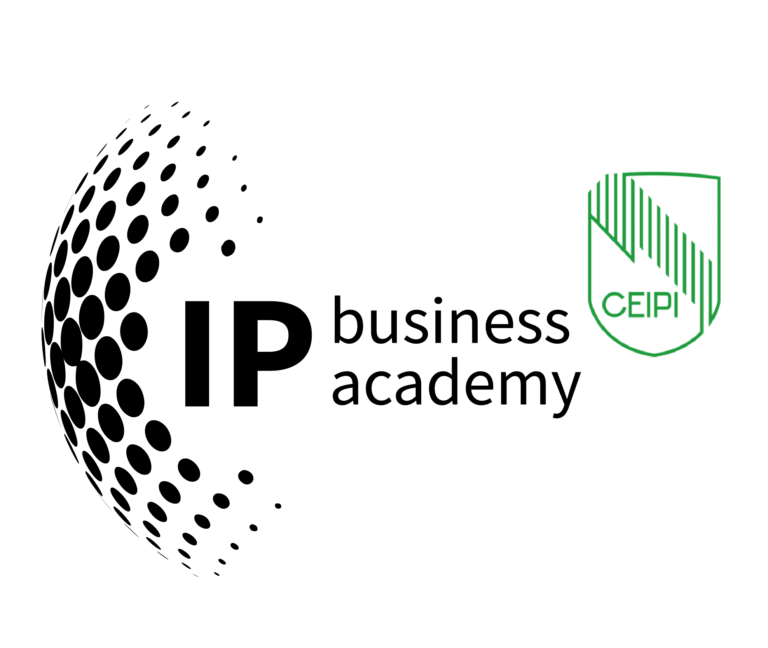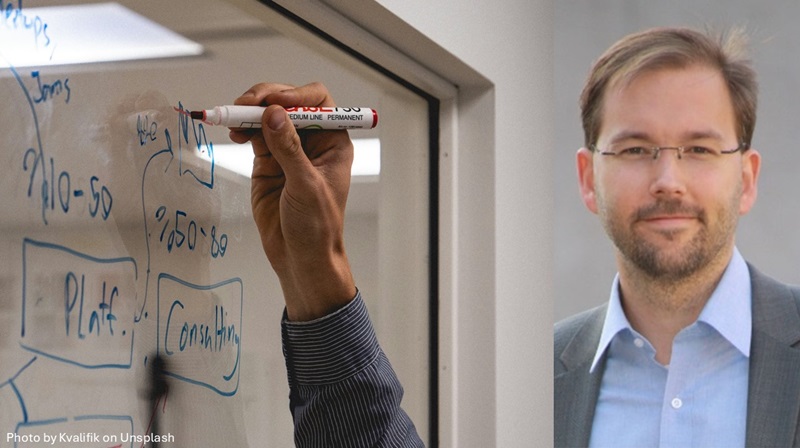Integration of IP in the innovation process – Interview with Frederik Golks
On 3. and 4. April the 4. edition of the VDI/VPP seminar takes place in Düsseldorf, covering industry relevant topics around the introduction and improvement of innovation processes. It serves as an opportunity to connect and learn from the industry best practice. Speakers come from reputable companies, such as thyssenkrupp, Andreas Stihl, Pilz, Rheinmetall, Wilo, BHS Corrugated and the CEIPI, University of Strasbourg. Before the event, we interviewed Frederik Golks, Global Head of Intellectual Property at ANDREAS STIHL AG & Co. KG, about his presentation.
Question 1: How do you believe IP should be integrated into the early stages of the innovation process to maximize its impact?
Frederik Golks: An early integration of the IP function into the innovation process is crucial for the sustainable success of the overall innovation strategy and for maximizing the impact of intellectual property. This integration preferably occurs in two phases. In the strategic analysis phase, patent searches initially provide a comprehensive view of the competitive technology and patent landscape and allow to actively shape promising fields of innovation within this landscape as the basis for sustainable business models. In the subsequent innovation development phase – within the previously defined innovation fields – specific and thorough patent searches serve to effectively mitigate IP risks and identify promising and desired positions of protection. This way, companies can avoid costly redesigns later on and focus on developing truly unique solutions. This proactive approach not only protects innovation but also fosters a culture of continuous improvement.
Question 2: What role do you think cross-functional collaboration between R&D, IP, and marketing teams plays in effective IP management during innovation?
Frederik Golks: Cross-functional collaboration is indispensable for effective IP management in the innovation process. It ensures that each discipline optimally contributes its expertise to the innovation process – from R&D developing technologies, identifying and documenting inventions, to the IP function securing development results by patents, to marketing positioning products in the market. This integrated approach helps align IP strategies with business objectives and ensures that innovations are both legally protected and commercially viable. Additionally, it fosters a holistic understanding of the role of intellectual property in business success and competitive advantage.
Question 3: How can companies balance the need for open innovation with the necessity of protecting their intellectual property during collaborative projects?
Frederik Golks: The balance between open innovation and the protection of intellectual property requires a strategic approach. Companies need to identify which aspects of their intellectual property are crucial for their competitive advantage and protect these rigorously, while being more open with innovations that are not part of their core business. A range of legal tools such as non-disclosure agreements (NDAs), cooperation agreements, etc., can be used to shape an open innovation environment which promotes collaboration while maintaining control over key assets such as ownership and usage rights of intellectual property.
Question 4: What future trends or challenges do you foresee in integrating IP into the innovation process, and how can companies prepare for them?
Frederik Golks: In the future, integrating IP into the innovation process will be increasingly complex due to rapid technological advancements. To prepare, companies should invest in digital IP management tools that can handle the volume and speed of modern innovation. They should also foster a culture of continuous learning and collaboration, ensuring that IP teams are equipped to navigate these evolving landscapes effectively. By staying agile and proactive, companies can leverage IP as a strategic tool to drive innovation and growth in a rapidly changing world.
About the interviewee
 Dr. Frederik Golks, LL.M., has extensive work experience in various roles related to Intellectual Property and research. He is currently serving as the Global Head of Intellectual Property and Vice President at STIHL. Prior to this, he worked in IP at Bosch.
Dr. Frederik Golks, LL.M., has extensive work experience in various roles related to Intellectual Property and research. He is currently serving as the Global Head of Intellectual Property and Vice President at STIHL. Prior to this, he worked in IP at Bosch.



